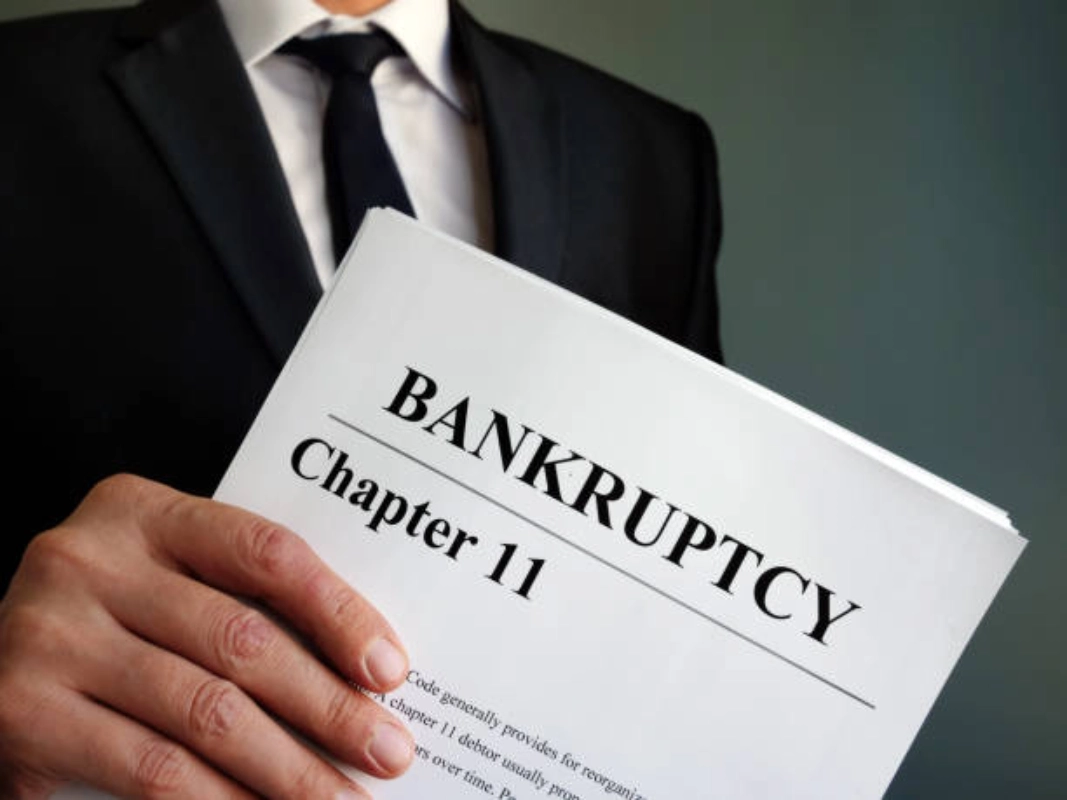Chapter 11 Bankruptcy: What Business Owners Need to Know?

The Importance of Chapter 11 Bankruptcy for Business Owners
Chapter 11 Bankruptcy plays a crucial role in helping businesses facing financial distress. This legal process allows companies to restructure debts while continuing operations, providing an opportunity to regain financial stability instead of shutting down. One significant advantage of Chapter 11 is the automatic stay, which prevents creditors from taking collection actions. This period enables business owners to create a detailed reorganization plan without the stress of immediate debt repayment. While Chapter 11 offers relief, it also comes with significant expenses. Legal fees, court costs, and administrative expenses can add up, making the process costly. Before filing, businesses should carefully evaluate the benefits and challenges, ensuring that Chapter 11 is the right path for long-term recovery. For legal guidance and case evaluations, visit Legal Case Review. Additionally, the United States Courts provides essential resources for businesses considering bankruptcy.
Ready to connect with top legal professionals? Get immediate support— Call us at 877-550-8911.
Benefits of Chapter 11 Bankruptcy for Businesses
Filing for Chapter 11 Bankruptcy can provide struggling businesses with several advantages:- Debt Restructuring: Businesses can negotiate with creditors for reduced payments, extended terms, or modified agreements, allowing for more manageable financial commitments.
- Continuity of Operations: Unlike Chapter 7, which requires liquidation, Chapter 11 enables businesses to keep operating while restructuring debt.
- Automatic Stay Protection: Once filed, creditors are prohibited from pursuing collection efforts, including lawsuits, foreclosures, and wage garnishments.
- Rejection of Unprofitable Contracts: Businesses can terminate burdensome leases and agreements, reducing financial obligations.
- Potential for New Financing: Courts may approve new financing options that provide businesses with the capital needed to implement a reorganization plan.
Key Steps in the Chapter 11 Bankruptcy Process
Filing for Chapter 11 involves several critical steps:- Filing the Petition: A business submits a voluntary petition to the bankruptcy court, including financial statements, income reports, and a list of liabilities.
- Automatic Stay Implementation: Immediately upon filing, the court issues an automatic stay, halting all collection efforts by creditors.
- Reorganization Plan Development: The business must draft a detailed plan outlining how it will restructure its debts and continue operations.
- Creditor Negotiations: Businesses work with creditors to modify debt obligations and gain approval for the proposed plan.
- Court Approval: The court must approve the reorganization plan before implementation, ensuring it is fair and feasible.
- Plan Execution: Once approved, the business follows the structured repayment plan while maintaining regular reporting to the court.
Impact of Chapter 11 Bankruptcy on Employees and Operations
Bankruptcy affects not just the business but also its employees and overall operations. Some key impacts include:- Job Security Concerns: Employees may fear layoffs or pay cuts, making it essential for business owners to communicate openly about the restructuring plan.
- Contract Renegotiation: Businesses can renegotiate supplier agreements, leases, and other financial obligations, potentially reducing operational costs.
- Potential Workforce Adjustments: Some businesses may need to reduce staff or restructure roles to align with the financial reorganization plan.
- Customer Confidence: Maintaining trust with clients is crucial. Transparency about the company’s recovery efforts can help reassure stakeholders.

Common Misconceptions About Chapter 11 Bankruptcy
There are several myths surrounding Chapter 11 that often lead business owners to misunderstand its purpose:- “Filing for Chapter 11 means business failure.” In reality, Chapter 11 is a strategic move to restructure debt and regain stability.
- “All debts are eliminated after filing.” While debts are restructured, certain obligations, such as tax liabilities and secured loans, must still be repaid.
- “The business loses control.” The debtor-in-possession (DIP) rule allows business owners to retain control over operations during bankruptcy.
- “Filing destroys business reputation.” Many companies, including major corporations, have successfully emerged from Chapter 11 and continued to thrive.
Financial Reorganization Strategies in Chapter 11
A well-planned financial restructuring is key to a successful Chapter 11 process. Business owners should focus on:- Cost Reduction: Cutting unnecessary expenses while maintaining operational efficiency.
- Asset Liquidation: Selling non-essential assets to generate cash flow.
- Debt Modification: Renegotiating loan terms to secure lower interest rates or extended repayment periods.
- Operational Adjustments: Streamlining workflows and improving efficiency to support long-term sustainability.
Navigating the Legal Aspects of Chapter 11 Bankruptcy
Understanding legal obligations and requirements is crucial when filing for Chapter 11. Key legal components include:- Debtor-in-Possession (DIP) Status: Allows business owners to continue managing operations while adhering to court oversight.
- Creditors’ Committee: A group representing creditors’ interests, which may negotiate the terms of the reorganization plan.
- Court-Approved Financing: Businesses may seek additional funding, subject to court approval, to support recovery efforts.
- Regulatory Compliance: Businesses must comply with all legal requirements, including accurate financial disclosures and periodic court reporting.
Steps to Recovery After Chapter 11 Bankruptcy
Post-bankruptcy recovery is vital for long-term success. Business owners should focus on:- Assessing Financial Health: Regularly evaluating cash flow, assets, and liabilities to maintain stability.
- Rebuilding Credit: Making timely payments and reducing outstanding debts to restore creditworthiness.
- Strengthening Relationships with Creditors: Communicating openly with lenders to establish favorable terms for future financing.
- Seeking Professional Guidance: Consulting with financial and business advisors to ensure continued growth and profitability.
Available Resources for Businesses Facing Chapter 11
Several resources can support businesses throughout the bankruptcy process:- Legal Case Review: Offers expert legal consultation and case evaluations.
- United States Court: Provides essential legal resources on bankruptcy proceedings.
- Small Business Administration (SBA): Offers financial assistance and counseling for struggling businesses.
- American Bankruptcy Institute: Features industry insights and networking opportunities for businesses in financial distress.
FAQ
1. How long does the Chapter 11 process take? The timeline varies, but it typically lasts several months to a few years, depending on the complexity of the case and negotiations with creditors. 2. Can a small business file for Chapter 11? Yes, small businesses can file for Chapter 11, and there is a streamlined process under the Small Business Reorganization Act (SBRA) to simplify proceedings. 3. What happens if the reorganization plan is rejected? If creditors or the court reject the plan, the business may need to revise and resubmit it. In some cases, conversion to Chapter 7 liquidation may occur. 4. Will my business lose its assets in Chapter 11? Not necessarily. Unlike Chapter 7, where assets are sold to repay debts, Chapter 11 focuses on restructuring while allowing the business to retain its assets. 5. Can I obtain financing during Chapter 11? Yes, businesses can apply for debtor-in-possession (DIP) financing, subject to court approval, to support operations during restructuring.Don’t wait to secure the legal representation you deserve. Visit Legal Case Review today for free quotes and tailored guidance, or call 877-550-8911 for immediate assistance.



